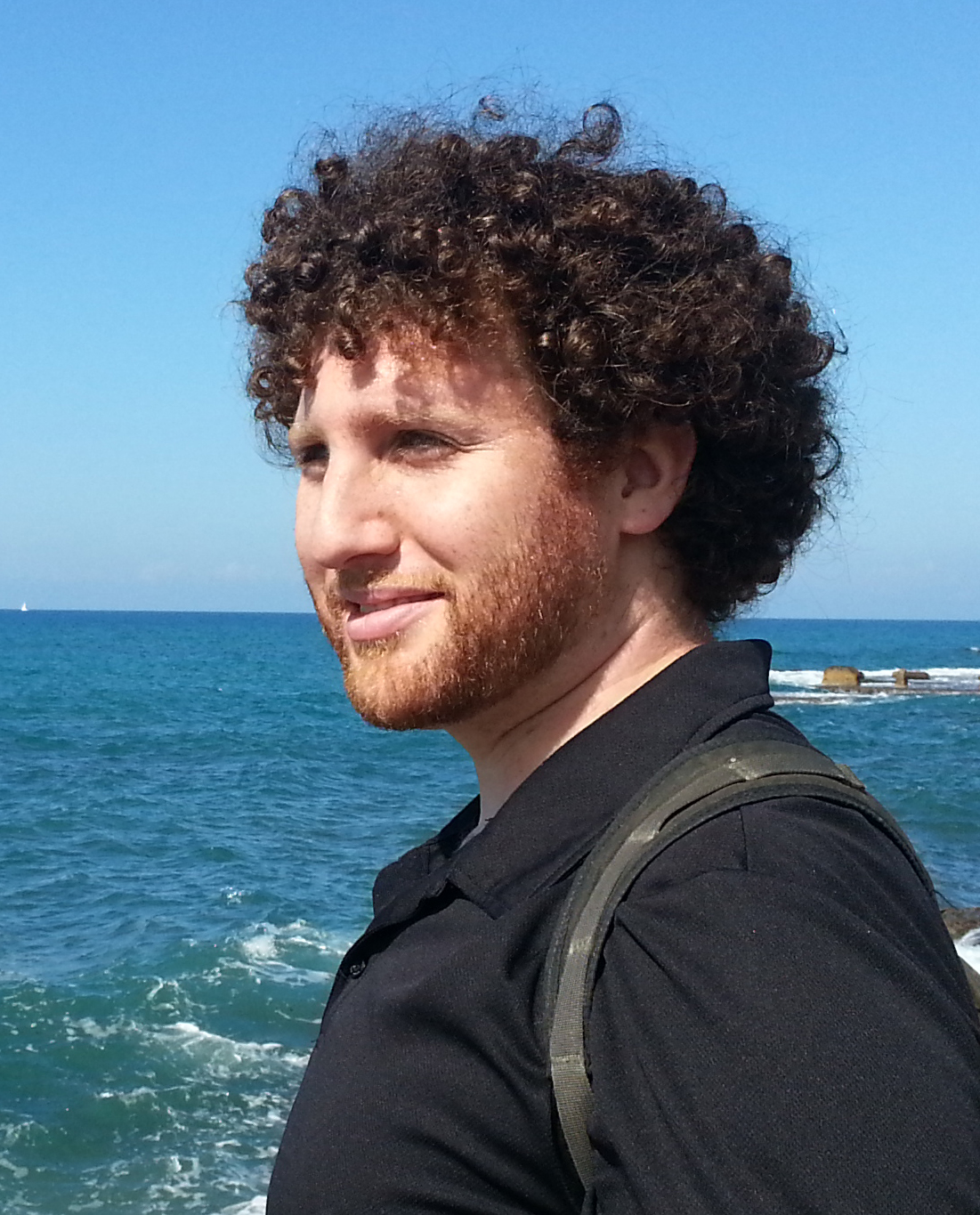Israel is a small country that has a lot to offer. Every geographical section has its own, nature, history, feeling and variety of sites which are yours to explore.
The Golan Heights:
The Golan is a volcanic plateau in the northern part of Israel. The Golan shares borders with Lebanon, Syria and Jordan. there is a host of archelogical sites and many hikes, waterfalls. There is a lookout from an abandoned army base on Mount Bental into Syria. In adition there are farms, orchards and wineries. There are also artist markets, ranches for horse riding, jeep tours, and options for almost every sport.
Galilee:
The Galilee is a very mountainous area in northern Israel. Its mountains and valleys are home to many of the different peoples who make up Israel’s diverse population. The Galilee boasts many national parks, and is home to ancient cities including: the holy and mystic city of Safed (Tzfat), the ancient city of Akko the site of large crusader castles, the sea swept grottoes of Rosh Hanikra, and a number of other amazing natural and historical sites
The Valleys:
The ‘emukim’ are a chain of large and wide valleys which throughout history has been the main route of transport between Syria and Egypt. The area’s historical importance made it home to a number of important historical sites including Tel Meggido and the ancient cities of Tzippori and Beit Shean.
Coastal Area:
Israel’s coastal region is its most heavily populated area. Most of the large cities are in the coastal area. The region has beaches, theatres, restaurants, museums, art galleries and is the hub for modern Israeli culture. The centre is Tel Aviv-Jaffa with its busy night-life but the area has many other treasures such as the ruins of the ancient city of Cesarea, and a whole host of modern and ancient sites, markets and recreational options.
Jerusalem:
Jerusalem is the jewel of Israel. Between the history, the different archeological parks, the holy sites of the different religions, the colourful markets, the important national sites and museums, many wondrous days can be spent exploring all the city has to offer.
Judean Desert:
The Judean Desert is exceptional because of its unique geology and history. Located in the Great Rift Valley, the desert has streams and springs, and is home to many tropical plants. Due to its seclusion, it has had a long and interesting history. You can visit the Dead Sea- the lowest place on the face of the earth. The Ein Gedi springs are an example of lush tropical forests growing right in the midst of the dry desert. Masada, the Herodian fortress, is the most visited site in Israel. There are a number of natural wonders and hikes of all levels of difficulty, ranging from easy strolls to exceptionally hard excursions that require climbing equipment. The Judean desert has something for everyone.
Judean hills:
The Hills surrounds Jerusalem have their own history and nature. The forest-covered hills have many hikes that lead to natural springs, and a number of archeological sites. The Tank museum at Latrun is great for children. In the pools of the park of sataf you learn of the agricultural revolution and different types of growth.These hills offer a very different landscape from the rest of Israel
Negev desert:
The Negev desert is the largest geographical region in Israel. It has many sites that are not to be missed, including: ancient Nabatean cities, the Ramon Crater, ancient and modern Be’er Sheva, Bedouin tents, Kibbutz Sde Boker – home and grave of Israel’s first prime minister, David Ben-Gurion, hikes, camping and much more.


